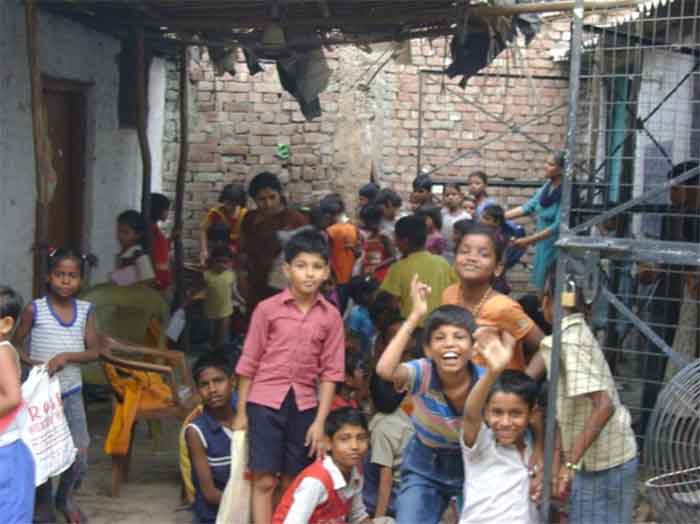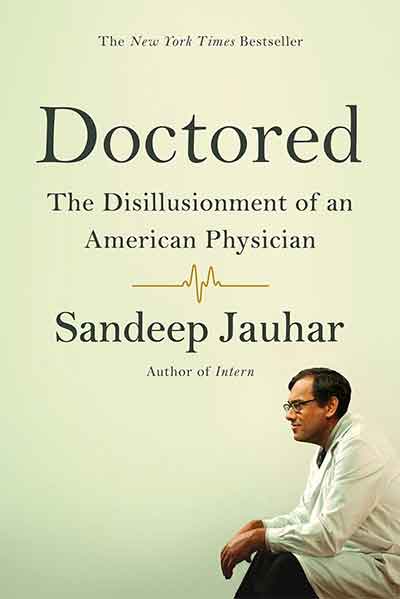Review by Mitali Chakravarty of Sanjay Kumar’s Performing, Teaching and Writing Theatre: Exploring Play, published by Cambridge Scholars Publishing
 About a hundred years ago, Tagore had tried to close social gaps with his work in Sriniketan. He had tried to bridge the chasm that separated ‘villagers’ with no access to technology and education and the ‘town dwellers’ with access to technology, wealth and education. He had hoped that he would set an example and others would follow suit. Over the decades, many from the village have migrated to towns and what has resulted, are plenty of shantytowns or what we in common parlance refer to as slums. Working with children of the less privileged who people these outgrowths and face abuse has become the hallmark of a theatre group called Pandies’. In Performing, Teaching and Writing Theatre: Exploring Play written by their founder, Sanjay Kumar, we read extensively of how theatre can be used to awaken conscience and heal the wounded.
About a hundred years ago, Tagore had tried to close social gaps with his work in Sriniketan. He had tried to bridge the chasm that separated ‘villagers’ with no access to technology and education and the ‘town dwellers’ with access to technology, wealth and education. He had hoped that he would set an example and others would follow suit. Over the decades, many from the village have migrated to towns and what has resulted, are plenty of shantytowns or what we in common parlance refer to as slums. Working with children of the less privileged who people these outgrowths and face abuse has become the hallmark of a theatre group called Pandies’. In Performing, Teaching and Writing Theatre: Exploring Play written by their founder, Sanjay Kumar, we read extensively of how theatre can be used to awaken conscience and heal the wounded.
While teaching at Delhi University, Kumar and his created group have worked with such children for decades. Started in 1987, Pandies’ was registered in 1993. By the early 2000s, they were working with children of the underprivileged. When the Nithari incident shook Delhi, Kumar spearheading the Pandies’ performances, took to trying to help heal and close gaps with theatre workshops. Kumar firmly believes: “Theatre skirts the lure of the market and the adherence to hierarchical patterns of authority, to become a means of us, individually and collectively, outperforming ourselves to create better selves for all of us, on all sides of the political spectrums. In theatre practice and theory, while negotiating money we also perform social change and look out for the needs of the margins.”
The children wrote out their horror and pain in the plays, some of which are featured in the book. They interacted with live audiences — and in some cases, the interactions were not pleasant as the audience found it difficult to accept the hard truths brought to the fore by these children, children who have been hurt because of norms and practices nurtured in our society. What evolved was workshop theatre at its most effective. He tells us: “The workshop theatre…becomes a means of learning, of understanding and politicizing on many sides of multiple spectrums (class and often also gender, caste, region, and religion). The basic attempt is to move towards a space where the performers, the participants and audience (if any) become a part of the same experiential reality. The attempt is to create theatre from the stories of the marginal participants (passing through the sieve of the facilitators) who often lend a perspective to older problems, seeking (re)solutions and at least impacting us to an extent that we are forced to reframe the problem itself.”

He explains the process followed by the Pandies’: “In its workshop mode, Pandies’ uses two methods, differing primarily on the amount of time spent to cover the various stages of its methodology. Where there is a time constraint, or where the group works in conflict zones (Kashmir) or with incarcerated children in reformatories or in NGO run camps (as in the case of platform children), the preference is for intensive week-long workshops with the facilitators often living on site and working on a 24-hour format. The various stages of the method given below are covered fast, and a performance is created. Working with young people in an underprivileged community, on the other hand (as in Nithari), the group often slows down the process, keeping its visits limited to a couple of times in a month. The stages of the workshop are covered once, and a climax is created in terms of a performance when either an occasion exists or an occasion is created. After the first performance, the method becomes increasingly centred on self-expression and creation, as Pandies’ withdraws and the young work more among themselves analyzing and critiquing the processes around them. The more experienced among them assume the roles of facilitators for the uninitiated. Pandies’ intervenes intermittently for a mutually-rewarding dialogue…”
The most amazing encounter is with children Kumar dubs as “platform children”. These are children who are often runaways and live on railway platforms. It was difficult to read the experiences they expressed in theatre because they were so bleak and, to a sheltered bourgeoisie like me, horrifying. But that is their reality. Kumar tells us: “It’s a world of drugs, sex work, and murder. We are dealing not just with the underbelly of civilized society, but with the underworld itself. Providing a deeper penetration into the ‘other side’ and showing the inadequacies of many social principles which are taken for granted, theatre then gets empowered to question the very basis on which social formations are built, from the perspective of one of its most volatile margins. These young people, kids really, put all our constructions and certitudes to the sword. NGO agendas, state policy, foreign expert intervention, the mode gave a lie to all attempts at amelioration, and in a fashion that was so reminiscent of many histories of subversion via theatre and the successful attempts of those in authority to try to subjugate and obliterate the form itself.”
He is not able to follow up on these children as he did with the Nithari children, some of who have healed so well that they can even write their experiences through stories. Though one of the platform children continues in touch and has returned to his mother, there continue to be many more who need support. As his narrative shows, the ‘support provided’ is not always a positive experience for the children. People find it hard to deal with the worst hit by societal norms because perhaps, a change in the social systems is not a task that the abled and the privileged would want to alter. He has quoted incidents where this was proven true.
The most amazing stories emerge from his limited dealing with Kashmiri children, though unfortunately he has had to put a stop to these interactions as it has created discomfort among those in power, both terrorists and politicians. A few examples of theatre workshop with these children yielded results that were unexpected. For Neeraj, a Kashmiri Pandit teenager, “the experience was best summed in the couplet with which they had culminated their performance (a rough translation of the Hindustani): ‘This country does not need a Hindu or a Muslim, what it needs is a good human being.’”
Yet another youngster, a Muslim, when jokingly asked, “‘What about those boys, the Hindu Pandits from Jammu?’ He grinned back: ‘They appear much better after three days together. We talked together and, on the way back, I… I shared my lunch box with them.’”
Kumar’s finding was that through performances, “the children created narratives that highlighted the desire at the end not to hate the oppressor but to abjure hatred itself.”
This book is not an easy read but records the lifework of a man with vision and a great heart. He has made a difference to many youngsters, even to those who, as a part of Pandies’, work with the underprivileged. The narrative reads erudite and seems to be geared at academics/ theatre personnel who would be familiar with Left theatre, for Kumar started his work by adapting Brecht to Manto to suit the current day needs. But as it moves forward, you realise that the academia has been left behind, and now, it is a cry for help from youngsters looking for survival in a world that denies them recognition as part of the “decent” society. The narratives wrench your heart with their rawness. And along with that come the responses of youngsters who study in universities, the facilitators, the team members of Pandies’ and their contact with a side of life they would never have experienced if they did not have the exposure that the theatre group gives to them. This itself is a move towards closing social gaps.
The theatre group, Pandies’, started with the recognition of the need for young rebellious students to have a place to express themselves. Gradually, they moved towards helping others to express and by learning from the lived experiences of the abused, to challenge norms that destroy cohesion and bonds of humaneness. This is a book for sociologists, for change-makers, for all those who look for a better world and think can find one through theatre. It is a must read for those who care for humanity and for moving towards a better world. It is an education and an eyeopener for those who want to close social gaps. At the end of the book, I, a Tagore fan, am left wondering how would he have reacted to the work done by Pandies’. The maestro not just voiced out with his poetry, novels and plays (like Red Oleander) but also built institutions like Sriniketan. How would individuals like him have reacted to the people Pandies’ deal with on a regular basis?
And how will you and I react? Will we ever act?
Mitali Chakravarty writes for peace, love and harmony and in that spirit founded the borderlessjournal.com, which has just brought out it’s first anthology, Monalisa No Longer Smiles: An Anthology of Writings from Across the World.















































